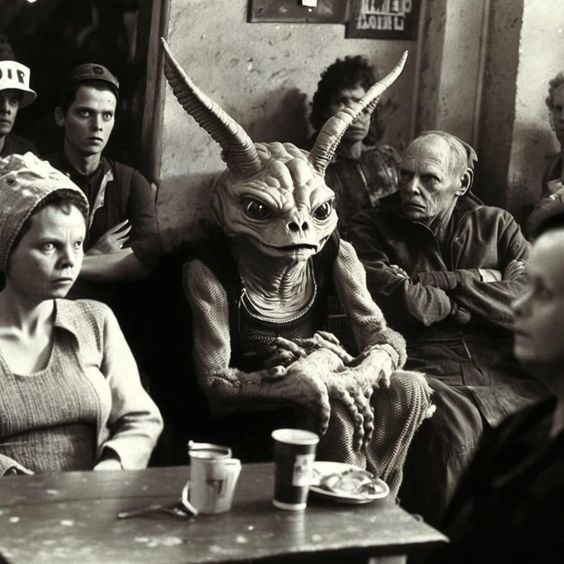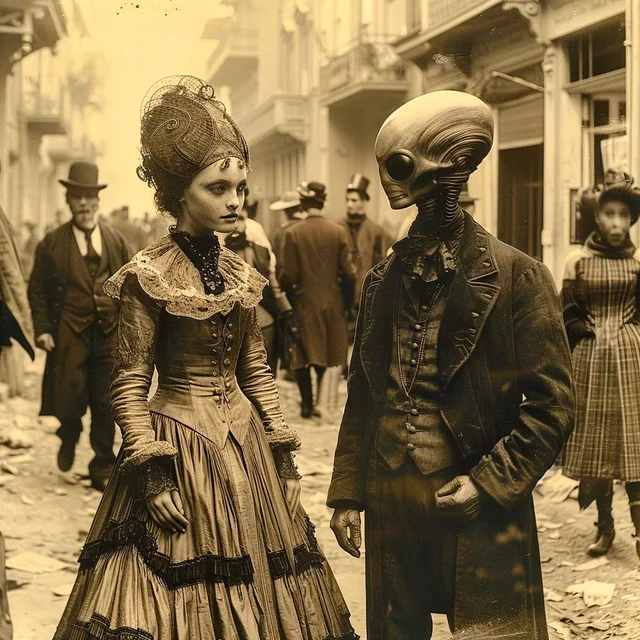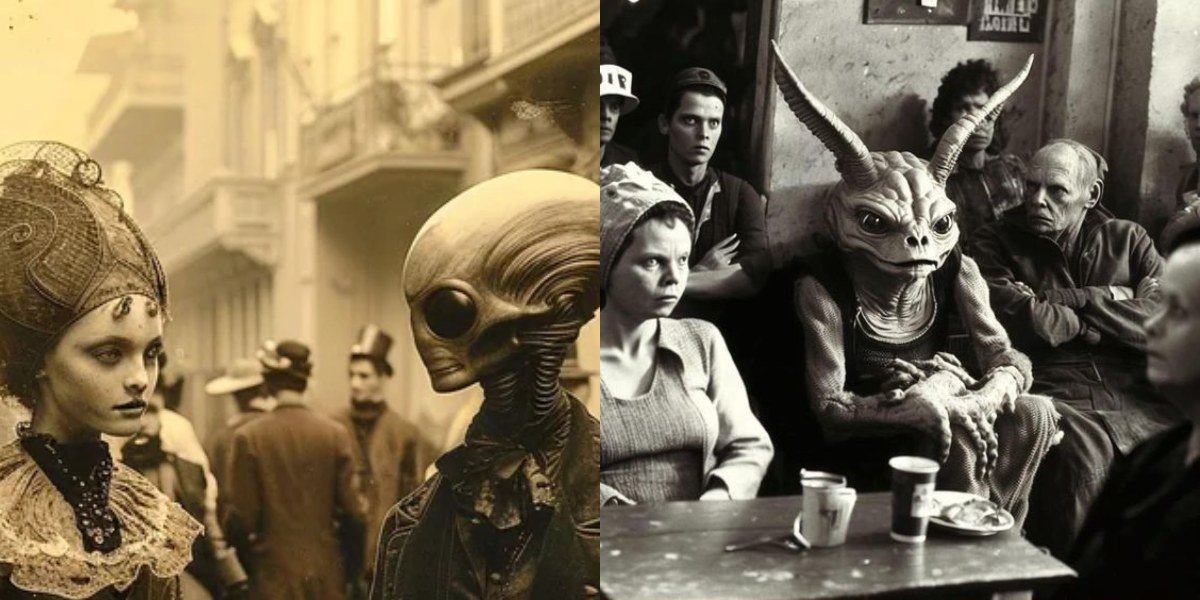In the annals of human history, there exist numerous enigmas and mysteries that continue to captivate our imagination and fuel speculation. From the construction of monumental structures like the pyramids of Egypt to the existence of advanced technologies in ancient civilizations, the past holds many secrets waiting to be uncovered. Among these mysteries, perhaps none are as tantalizing as the alleged encounters between ancient civilizations and extraterrestrial beings.

The exploration of alleged alien encounters in ancient civilizations has become a subject of fascination and debate among researchers, historians, and enthusiasts alike. Proponents of the theory argue that ancient texts, artworks, and archaeological artifacts contain evidence of contact with beings from other worlds, suggesting that humanity’s interaction with extraterrestrial entities dates back thousands of years.
One of the most famous examples often cited is the Nazca Lines in Peru, a series of intricate geoglyphs etched into the desert landscape. Some theorists propose that these ancient markings served as landing strips or communication signals for alien visitors, pointing to their complex geometric patterns and large-scale designs as evidence of an otherworldly influence.

Similarly, the ancient Sumerians, often regarded as one of the earliest known civilizations, left behind a wealth of texts and artwork that some interpret as depicting encounters with beings from beyond Earth. The Sumerian epic of Gilgamesh, for example, contains references to gods descending from the heavens and interacting with humans, leading some to speculate that these “gods” were actually extraterrestrial visitors.
In Egypt, the construction of the Great Pyramid of Giza, with its precise alignment to celestial bodies and intricate engineering, has long puzzled researchers. While mainstream archaeology attributes the pyramid’s construction to skilled laborers and ancient engineering techniques, alternative theories suggest that it may have been built with the help of advanced extraterrestrial technology.

Furthermore, ancient artworks and artifacts from cultures around the world often depict humanoid figures with elongated heads, almond-shaped eyes, and other features commonly associated with descriptions of aliens. These depictions, found in civilizations as diverse as the Mayans, Egyptians, and ancient Indians, have led some to speculate that they represent encounters with extraterrestrial visitors or beings from other dimensions.
Despite the lack of concrete evidence, the exploration of alleged alien encounters in ancient civilizations continues to capture the public’s imagination. Books, documentaries, and online forums abound with theories and interpretations, each offering its own perspective on humanity’s ancient interactions with beings from beyond Earth.However, skeptics caution against jumping to conclusions based on circumstantial evidence and interpretation. They argue that many of the supposed alien encounters can be explained by natural phenomena, cultural symbolism, or the limitations of human understanding at the time.

In conclusion, the exploration of alleged alien encounters in ancient civilizations remains a fascinating and controversial subject. While some interpret ancient texts, artworks, and artifacts as evidence of extraterrestrial visitations, others approach the topic with skepticism, emphasizing the need for critical thinking and rigorous analysis.
Ultimately, whether or not ancient civilizations had contact with beings from other worlds may remain an enduring mystery. However, the exploration of these alleged encounters offers valuable insights into the human imagination, cultural beliefs, and the enduring quest to understand our place in the universe. As we continue to delve into the mysteries of the past, we may yet uncover new revelations that shed light on the enigmatic relationship between humanity and the cosmos.
